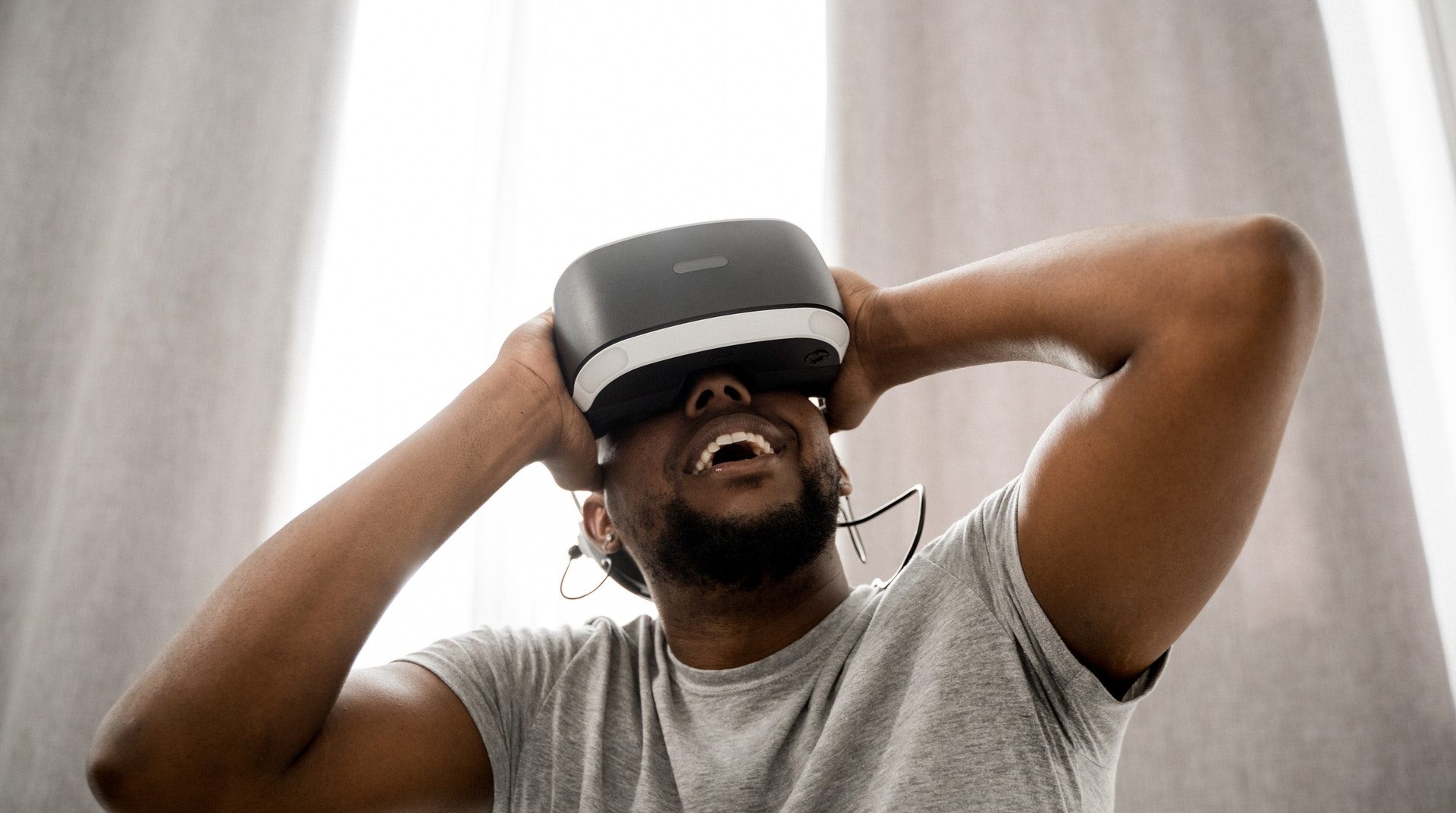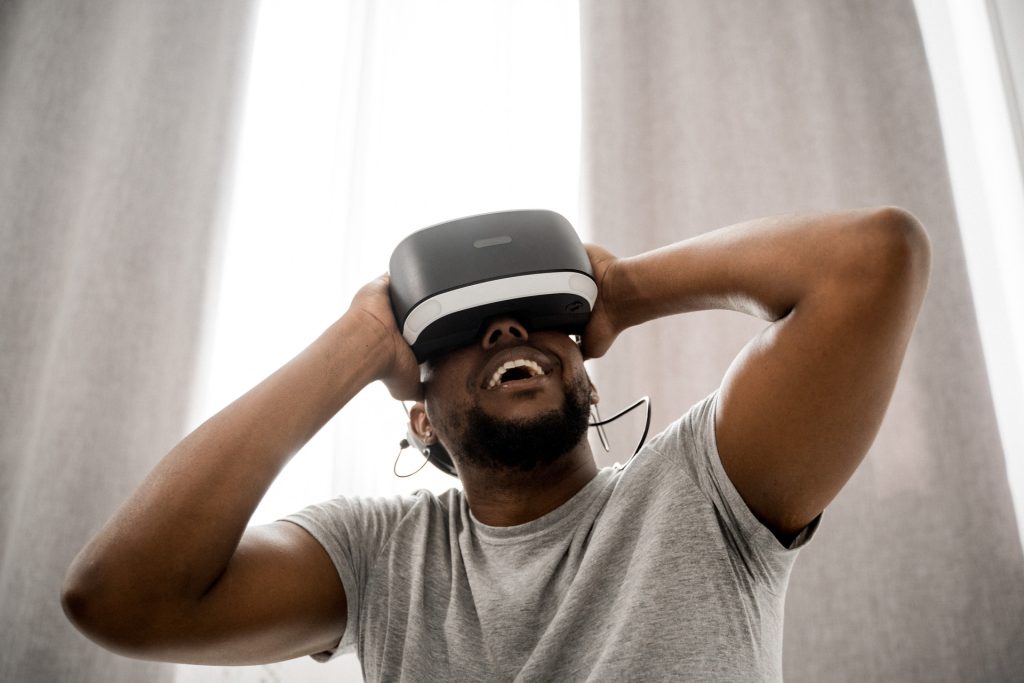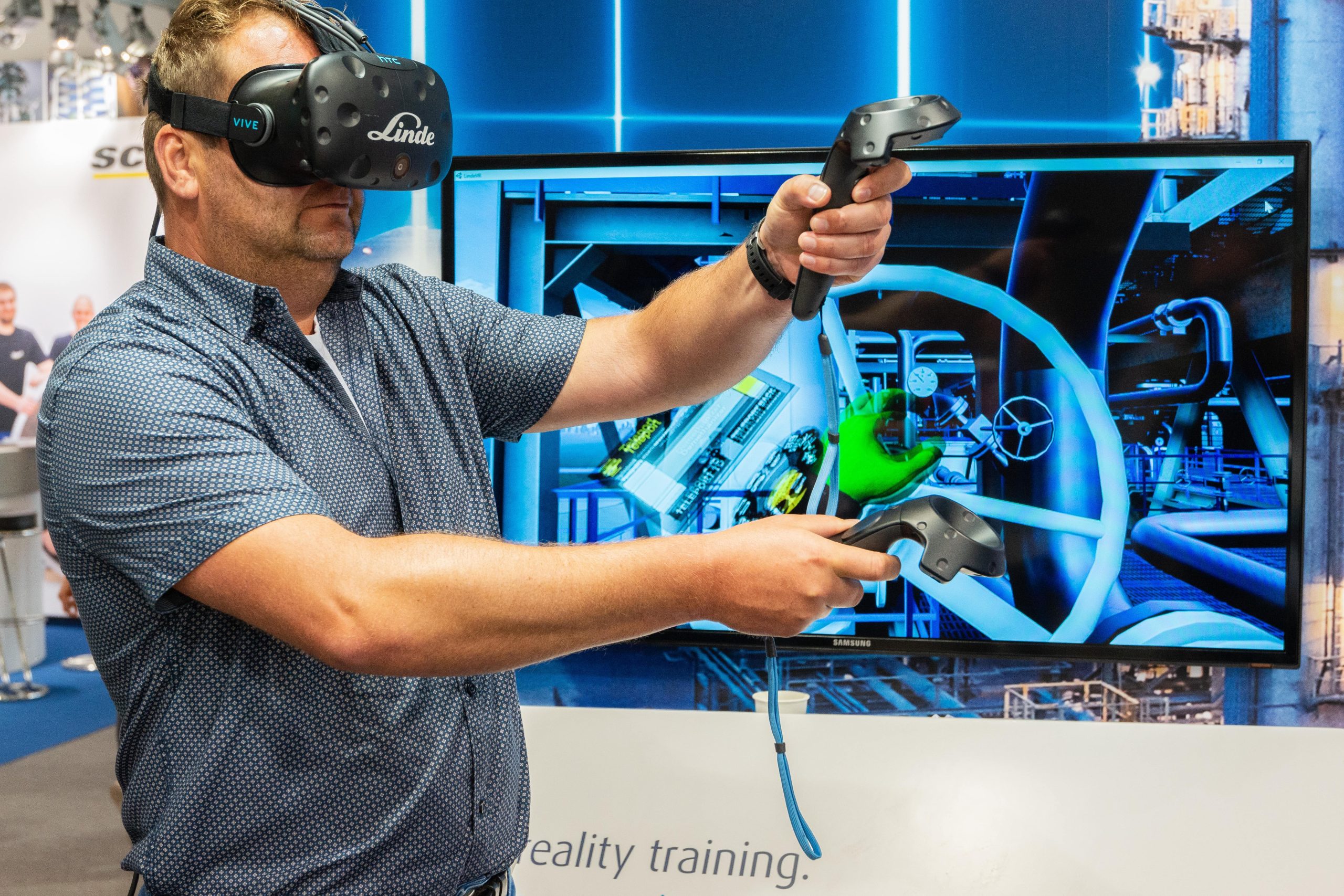
March 17, 2022
How can gamification improve learning outcomes?
Virtual reality (VR) has completely transformed how we train our operators. The results for Linde Virtual Academy (LVA) include increased safety for trainees and assets, centralized knowledge and significantly increased effectiveness, but we are always on the lookout for further improvements. Today we’ll talk about the rapid growth of gamification as a learning tool and how this exciting technology will further improve LVA.
Introduction to gamification
Explaining gamification is relatively simple: according to Investopedia, ‘Gamification describes the incentivization of people’s engagement in non-game contexts and activities by using game-style mechanics’. Put simply, it is all about using gaming elements as a reward system, which usually motivates users to do better and learn more.
Gamification started in the 1990s with the advent of online learning and, as technology developed, it became commonplace in the 2010s. Since then, it has become of serious interest to various companies and scientists, who have studied the effects of gamification on the learning process. The outcomes of their research have shown that the effectiveness of gamification depends not only on the age of those tested, but also on their personality, experience, maturity, genetics and environment. This is clear confirmation that to educate trainees effectively, each course has to be carefully thought out down to the smallest detail; otherwise the outcomes may not be as successful as one might expect.

The positive impact of gamification on the learning process
In terms of the impact of gamification on learning outcomes, scientists have concluded that it improves learning in three ways:
- Gamification improves trainees’ engagement and motivation by adding game elements such as instant feedback, earning rewards and tracking challenge completion. In this way, trainees develop the desire to achieve and a positive sense of competition amongst colleagues.
- Gamification optimizes the way the brain processes new knowledge through releasing bite-sized portions of information, audio-visual stimulation, short time-lapses and repetitive patterns. This means that the human brain never gets overwhelmed and is always ready to learn more.
- Gamification enhances learning and stimulates the reward and pleasure centre in our brain. As a result, trainees are better at solving complex problems, and if working in groups, their collaboration skills increase significantly.

Known risks of gamification in the learning process
Gamification in learning is based on the same psychology as games; people love winning and hate losing. Gamified learning results in trainees who react positively and develop healthy competition. However, if the process of designing the ‘game’ isn’t done correctly, the behaviour of trainees can be far from what is desired. Some of the side effects of poorly designed gamification include:
- negative competition amongst colleagues,
- distraction from priorities in a way that means winning becomes more important than learning, and
- exploiting others/the game or even cheating to turn the tide in their favour.
Now, we all know games can be pretty addictive, and the more immersive the gaming experience is, the easier it is for the human brain to become completely hooked. Because of this, gamification needs to be used carefully, as some trainees may cross the line and the whole experience, although created with the best of intentions, may have an ethically questionable outcome.

Implementing gamification in the operator training process
Now that we have looked at the positives and negatives, let’s move on to cooperative training and see how gamification can be used in the oil and gas industry. By combining VR training and gamification, trainees can safely explore new territories and try challenging tasks using a new approach. Adding a time limit or a reward system is predicted to increase motivation and speed up the learning process, resulting in significantly better-prepared employees. From our point of view, gamification blended with VR could improve training even further in these cases:
- Onboarding process – Welcoming a new employee into your team requires them to be mentored and guided. A process for this could be designed for VR and used over and over again. Through gamified VR onboarding, trainees could learn about the company, their job and the various departmental functions. This approach could increase the interest of newcomers in this information, as well as being effective, cost-efficient and innovative.
- Operator training – Whether an operator is a new hire, is switching positions in the company or is simply repeating a challenging scenario to be 100% confident about it, there is nothing more effective than an immersive VR experience. Implementing a points system and awarding trainees points according to the difficulty of the task is a great way to motivate them. In the future, LVA will offer a points system. Each completed unguided or difficult training session will be awarded points that will then be visible on a leader board. It is expected that leader boards will be site-wide, company-wide or even industry-wide. This type of training will stimulate positive competition and motivate trainees to do better. Undoubtedly, with all we’ve learned so far, the results will be excellent.
- Soft skills training – Perhaps soft skills seem like an odd choice for oil and gas industry operator training, but isn’t it essential to train your operators to be skilled problem-solvers, critical thinkers, collaborators and team members? This is what gamification paired with VR training can offer – a complete, highly engaging training system that educates workers in how to master the soft skills vital to their daily jobs.

A perfect blend
LVA has already proven that trainees perform better when trained through VR. By blending gamification with VR, trainees will be more engaged with the training, have higher motivation, become better problem-solvers and collaborate better. Bearing in mind that VR hardware is becoming more affordable and more widely available, in the future, we expect to see more companies utilizing VR training, thus profiting from the benefits of modern technology.



